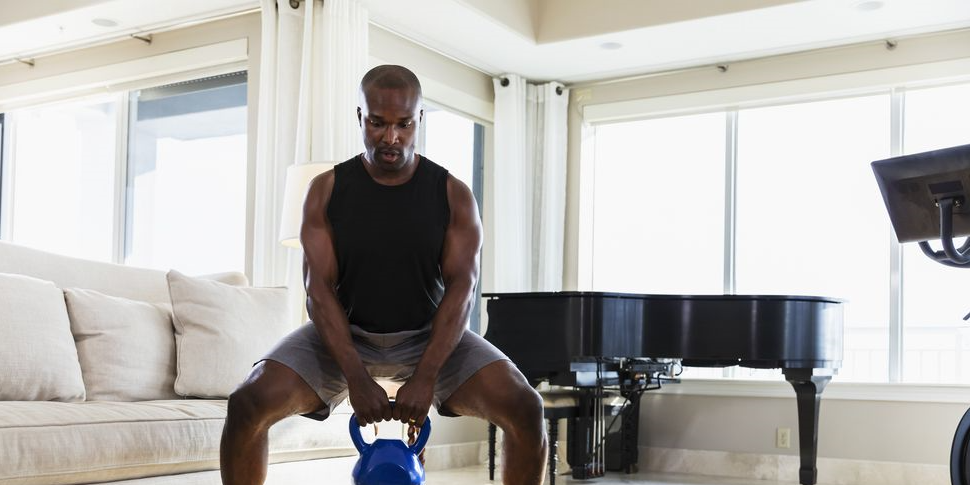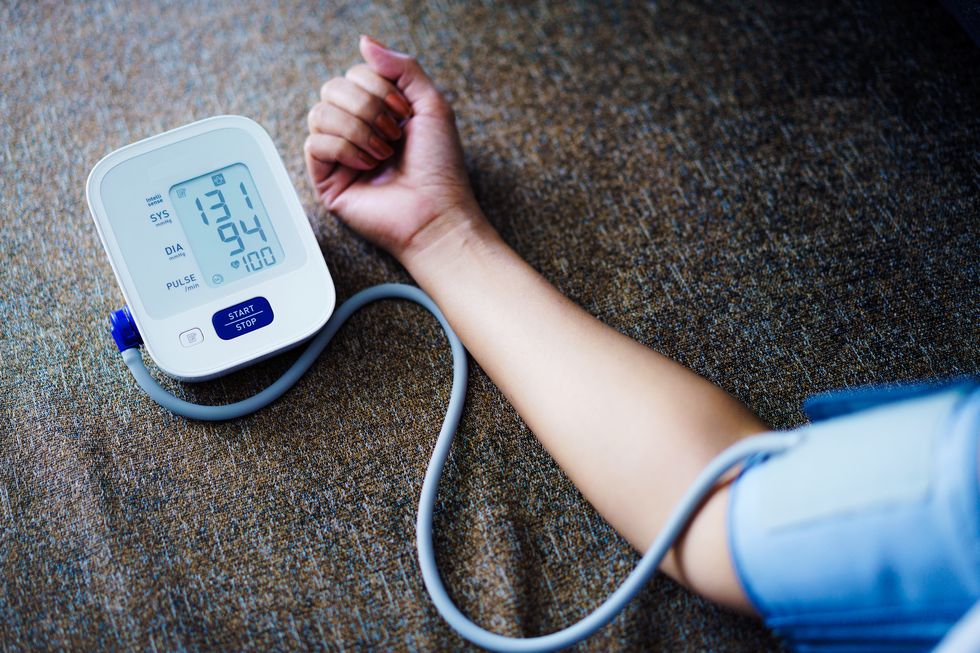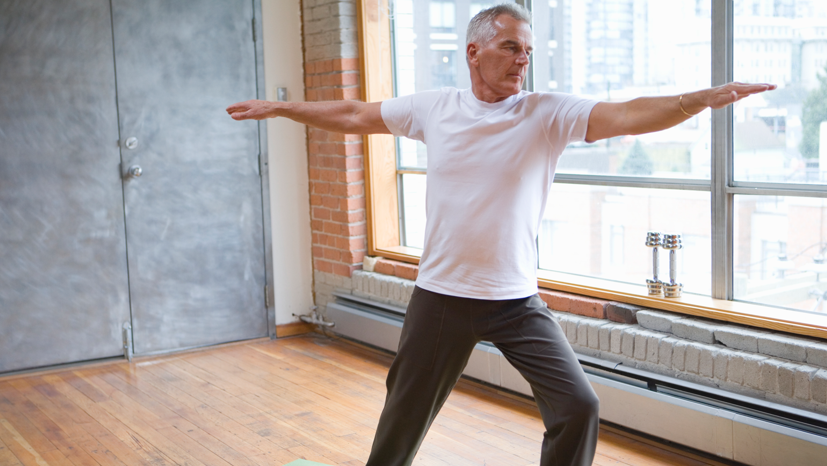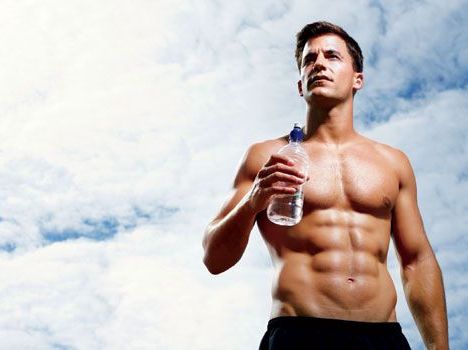




It is a health problem of considerable dimensions. According to data managed by the Spanish Heart Foundation (FEC), 42.6% of Spanish adults have hypertension, one of the main risk factors that contribute to the appearance of cardiovascular disease and, consequently, the manifestation of different episodes of extreme severity that can be fatal. And what is worse, 37.4% of Spaniards are unaware that they have hypertension because it generally does not cause symptoms.
The control of the blood pressure levels -Hypertension is considered when it is above 140/90 mmHg- and prevention, through a healthy lifestyle, are the most effective tools to avoid major illnesses. Within this last aspect, physical exercise plays a fundamental role and science tries to determine which type is most appropriate to keep the situation under control.
For a long time it has been considered that the aerobic exercise It was the best to combat hypertension. In fact, research published to date showed that physical activity in general was associated with significant reductions in blood pressure, but cardio was the most widely recommended type of exercise.
Isometric exercises against hypertension
However, there is increasing evidence that the strength training It is even more effective. And within this modality, static isometric exercises stand out, that is, those that involve working muscles without movement, such as squats against the wall and planks. At least that is what emerges from research recently published in the journal British Journal of Sports Medicine.
In fact, the researchers responsible for the work believe that current exercise recommendations to help lower blood pressure, based on traditional aerobic or cardiovascular exercises such as cycling or running, although effective, are outdated and that a review of exercise guidelines.
In an attempt to update information on the best form of exercise to control blood pressure, academics analyzed the data contained in 270 trials randomized controlled trials published between 1990 and February 2023, with a pooled data sample size of 15,827 participants, and classifying exercise interventions as aerobic, dynamic resistance training, a combination of both, HIIT and isometric exercises.
“In general, isometric exercise training is the most effective modality to reduce both systolic and diastolic blood pressure. “These results provide a comprehensive data-driven framework to support the development of new exercise guideline recommendations for the prevention and treatment of high blood pressure,” said Dr. Jamie O’Driscoll, Associate Professor of Cardiovascular Physiology at Christ Church University. from Canterbury (United Kingdom).
Squat and plank: how much it reduces blood pressure
And the analysis of the grouped data showed significant reductions in systolic and diastolic blood pressure at rest related to all exercise categories, but the greatest decreases occurred after training with isometric exercises, which specifically amounted to 8.24/4 mmHg. However, secondary analyzes revealed that the wall squat and running were the most effective individual exercises in reducing systolic blood pressure (90.5%) and diastolic blood pressure (91%), respectively, with isometric exercise, In general, the most effective in reducing both elements of blood pressure.
He possible mechanism Behind these findings, according to the researchers themselves, could be related to the fact that during isometric exercise, tense muscles temporarily restrict blood flow which can stimulate, when restored, the release of factors that help relax the vessels and, Ultimately, they help reduce blood pressure.
How to train to combat hypertension
The work of British experts has not been overlooked by institutions of the prestige of Harvard University, which has not hesitated to speak out on the matter. “It’s about a interesting find and somewhat provocative, since historically there has been an emphasis on aerobic exercise to lower blood pressure,” says Dr. Timothy Churchill, a cardiologist with the Cardiovascular Performance Program at Massachusetts General Hospital.
Of course, Churchill advocates that isometric exercises be added to the physical routine and not replace any training modality. “Even 10 or 15 minutestwo days a week, is a good starting point,” says the doctor in reference to incorporating strength exercises, regardless of the type. Although he also asks that the breathing.
“Some people do it unintentionally, although others have the mistaken belief that holding their breath increases their effort and power. But holding your breath during exertion can cause dangerous blood pressure spikes. When performing dynamic strength training, exhale when lifting, pushing, or pulling and inhale when releasing. When performing isometric strength training, take a deep breath as you get into position. Next, breathe shallowly while maintaining the posture, and take regular full breaths during the rest and recovery phase,” says the Harvard expert.
Therefore, opting for certain isometric exercises such as the wall squat or the plank can be especially effective in lowering blood pressure. In addition, this type of modality has some additional advantages since, by not moving the joints, exercises can be easier and safer For people with joint injuries or diseases. Not to mention that they do not require any special equipment and can be done anywhere.
In any case, beyond the fact that the work of British academics, which also has its limitations, gives isometric exercises a greater effect in lowering blood pressure, what should prevail above that fact is that any type of training or activity completed is beneficial in preventing hypertension. But remember that it is not the only aspect to take into account.
A healthy diet, consuming alcohol in moderation or not consuming it directly, controlling weight or strictly following pharmacological treatment if you already have hypertension are also fundamental issues. It all adds up. And everything is important.

Álvaro Piqueras is a sports expert and in the last five years he has specialized in fitness, nutrition and other health topics. Try to stay up to date with new research and trends in the fields you master to be able to rigorously share the training routine that can inspire a change in your habits, the properties of the foods that should be part of your diet or scientific findings that can improve the physical and mental well-being of people like you.
He began his career in local and regional media in the land of Don Quixote, specifically in Albacete. From there he made the leap to national media after an enriching time at a wonderful independent advertising agency named after a Beatles song (GettingBetter), although he always kept his journalistic vocation intact.
Hence, he pursued his dream of working for one of the main publishing groups in the country such as Prisa, Vocento and now also Hearst. Perhaps you have read him in the digital version of Diario As, addressing countless topics, or in ABC and other newspapers and magazines of the group, preparing branded content reports for large brands, multinationals and institutions. And if you haven’t had the chance, now is the time to do it at Men’s Health and Runner’s World.
As it could not be otherwise, he confesses to being a lover of sports and from a very young age he has tried disciplines as diverse as athletics, football, basketball, tennis, cycling or swimming. Sometimes he is feeling the adrenaline of the competition, and other times he is simply enjoying the benefits of physical activity. He has now taken up functional exercises and boxing because he is certain that the bag is incapable of hitting him back.
Graduated in Advertising and Public Relations from the University of Alicante, he also has specific training in social media management and direction, strategic planning and graphic design. Lately he has delved into the universe of generative artificial intelligence applied to journalism, but he swears and perjures that he does not use it professionally because, among other considerations, he continues to enjoy every word he writes after 20 years of experience in the communication sector.





